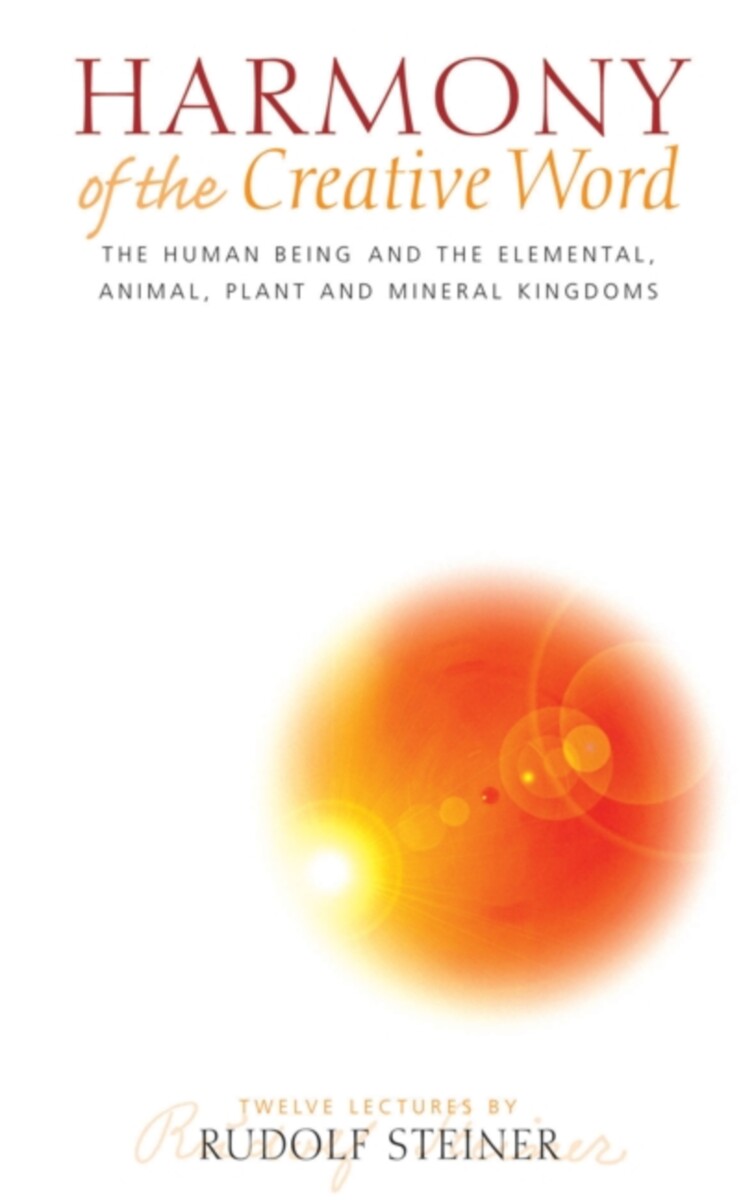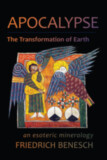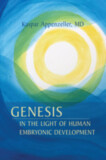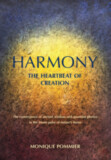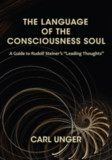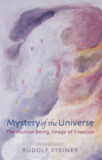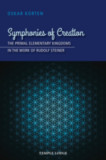Harmony of the Creative Word
The Human Being & the Elemental, Animal, Plant, and Mineral Kingdoms (CW 230)
- Publisher
Rudolf Steiner Press - Published
1st March 2002 - ISBN 9781855840980
- Language English
- Pages 244 pp.
12 lectures, October 19 – November 11, 1923 (CW 230)
This is one of Steiner's most popular lecture courses. He presents an extraordinary panorama of spiritual knowledge that focuses on the human being as a microcosm containing all the laws and secrets of the cosmos.
Steiner speaks of our inner relationship to three ancient and sacred representatives of the animal kingdom—eagle, lion, and bull—and our connection with the cosmic forces that form them. He deepens these themes by approaching the plant and animal worlds within the context of planetary and cosmic evolution. He then introduces us to the elemental nature spirits—the metaphysical beings that work with plants and animals—and gives us unique and intimate descriptions of them, describing the cooperation they offer to humankind.
Finally, the human being—the “harmony of the Creative Word”—is placed at the heart of this spiritual celebration of life. These are important lectures for understanding Steiner’s view of humankind within the context of cosmic and earthly evolution
Harmony of the Creative Word is a translation from German of Der Mensch als Zusammenklang des schaffenden, bildenden und gestaltenden Weltenwortes (GA 230). A previous edition was published as Man As Symphony of the Creative Word.
Contents:
1. Man's Connection with the Cosmos: The Earth and the Animal World
2. The Inner Connection of World Phenomena and the Essential Nature of the World
3. The Plant World and the Elemental Nature Spirits
4. The Secrets of the Human Organism
Rudolf Steiner
Rudolf Steiner (b. Rudolf Joseph Lorenz Steiner, 1861–1925) was born in the small village of Kraljevec, Austro-Hungarian Empire (now in Croatia), where he grew up. As a young man, he lived in Weimar and Berlin, where he became a well-published scientific, literary, and philosophical scholar, known especially for his work with Goethe’s scientific writings. At the beginning of the twentieth century, he began to develop his early philosophical principles into an approach to systematic research into psychological and spiritual phenomena. Formally beginning his spiritual teaching career under the auspices of the Theosophical Society, Steiner came to use the term Anthroposophy (and spiritual science) for his philosophy, spiritual research, and findings. The influence of Steiner’s multifaceted genius has led to innovative and holistic approaches in medicine, various therapies, philosophy, religious renewal, Waldorf education, education for special needs, threefold economics, biodynamic agriculture, Goethean science, architecture, and the arts of drama, speech, and eurythmy. In 1924, Rudolf Steiner founded the General Anthroposophical Society, which today has branches throughout the world. He died in Dornach, Switzerland.


